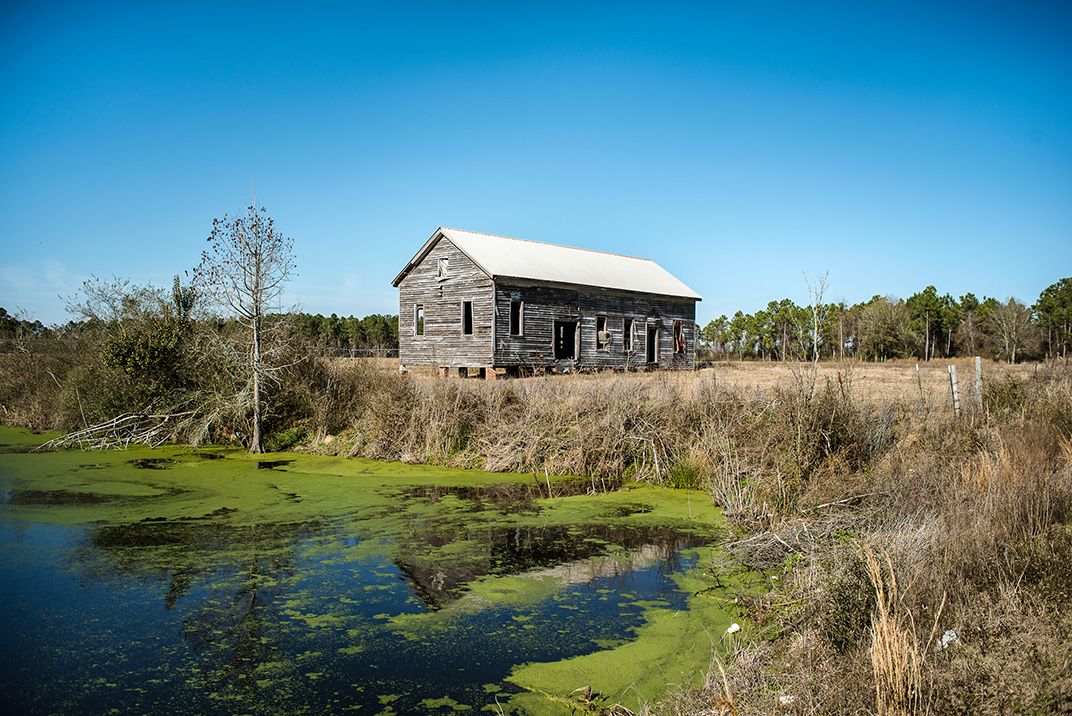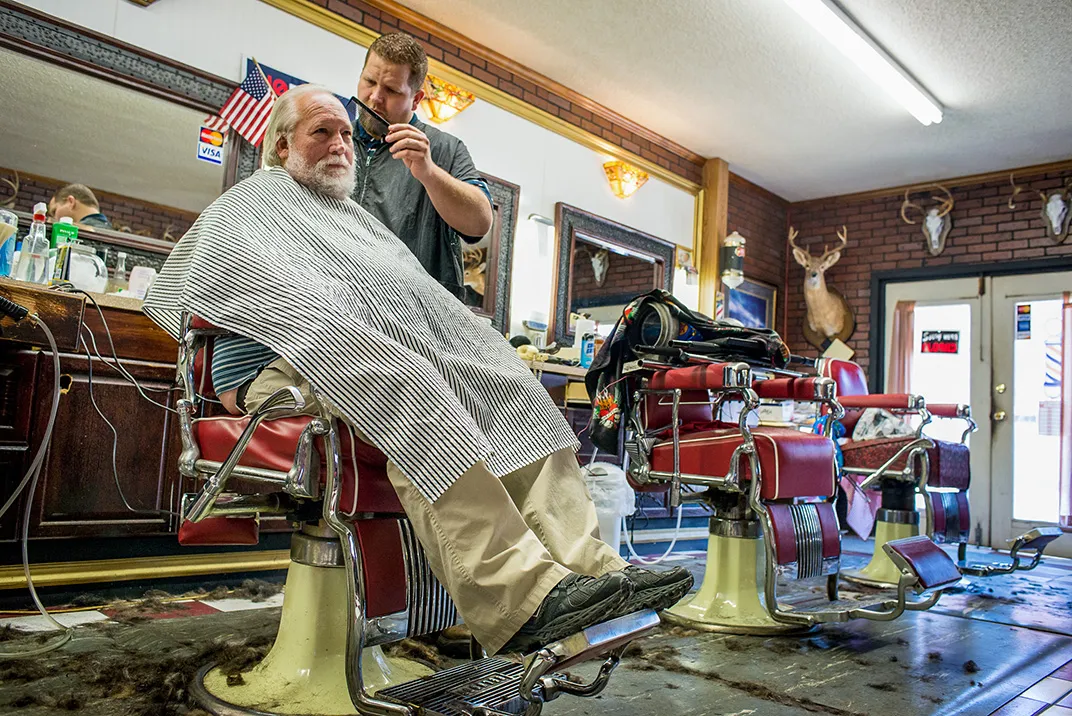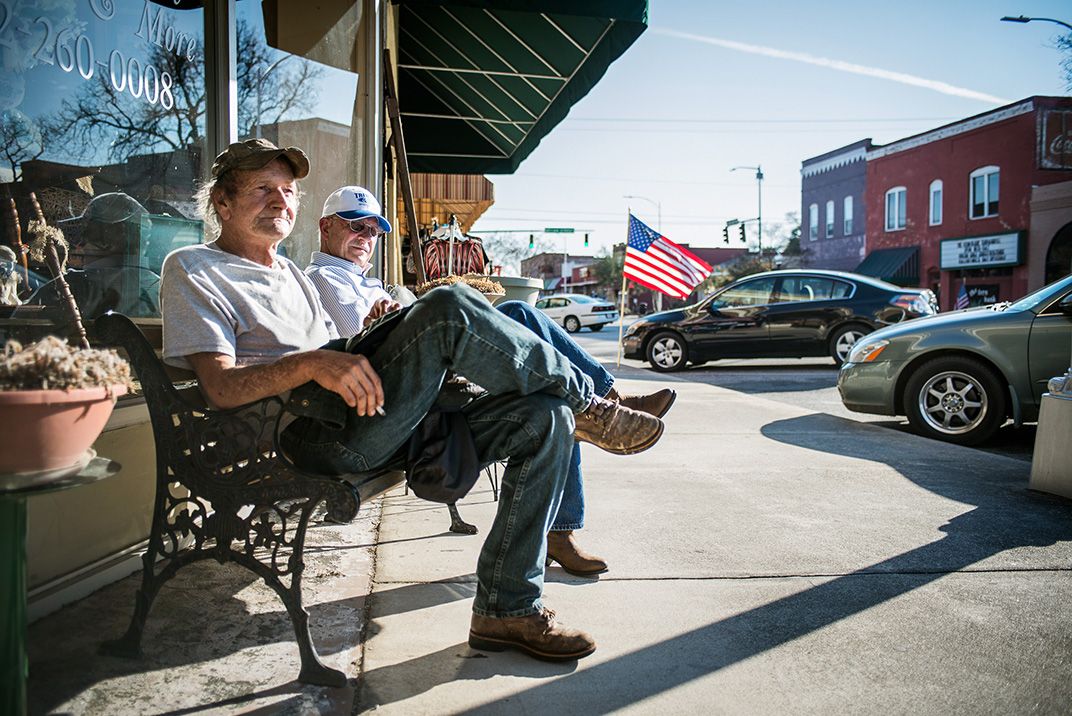Smithsonian Secretary Clough on His Hometown
Post retirement, he will be spending more time in Douglas, Georgia
/https://tf-cmsv2-smithsonianmag-media.s3.amazonaws.com/filer/ae/d2/aed2c75c-2190-42b8-8aac-56d722fba0c2/apr14_g01_secretary2.jpg)
I got started on travel late, but ended up taking quite a journey. I left the South for the first time when I headed to UC Berkeley in 1966 to study for a PhD in civil engineering. After that came faculty positions at major universities and consulting on engineering projects around the world. I was fortunate to serve as a university president and then as Secretary of the Smithsonian, but during my peripatetic life there was one constant: I never shook off the soil and soul of my childhood home of Douglas, Georgia.
Douglas, in south Georgia, was founded in 1855 and named for Stephen A. Douglas, who would run against Abraham Lincoln in 1860. In Douglas, where generations of my family had lived (my father and great-grandfather served as mayor), I was a latchkey kid before people talked about latchkey kids. My friends and I roamed the coastal-plains forests, fished in the swamps and black rivers, and generally soaked in the natural environment. To visit my grandparents’ nearby farms was to travel back in time. There was no electricity or running water, but there was time for adults to sit on the porch and talk, gossip and catch up with relatives. Only much later did I realize the extent to which such experiences had shaped me.
After I step down as Secretary in the fall, I’ll be moving to Atlanta, where my children live, but I’ll still be visiting Douglas, about 200 miles to the southeast, where I have relatives and friends. In anticipation, I’ve been learning as much as I can about the natural history of Georgia from the Smithsonian collections.
I recently visited the Natural History Museum, where, with the help of paleontologist Brian Huber, I inspected the jawbone of a Megatherium mirabile, or prehistoric giant sloth. It was found on Skidaway Island, near Savannah, in 1823. Curator Scott Wing showed me fossils of plants, 310 million years old, preserved in shale from Georgia.
On another trip, archaeologist Eric Hollinger showed me decorative copper plates extracted from Native American earthen mounds close by the Etowah River, near Cartersville. Such mounds—part military defense, part temple, part tomb—exist across the Eastern United States, but the Etowah mounds are among the largest and most intact, and may date to A.D. 1000. (The plates date to 1300-1375.)
Shortly I’ll take up the invitation of a childhood friend, Frankie Snow, a naturalist and archaeologist who still lives in Douglas, to tour several of the places where Smithsonian artifacts were found. We’ll also visit the church where my mother was baptized (in a creek) and family graves.
When the novelist Thomas Wolfe wrote that you can’t go home again, he partly meant that we can never recapture the mind-set of our youth. But as compensation, our life experiences allow us to see familiar places with fresh eyes. When I return to Douglas, I will, in a sense, be continuing my travels.
/https://tf-cmsv2-smithsonianmag-media.s3.amazonaws.com/accounts/headshot/wayne-clough-240.png)



/https://tf-cmsv2-smithsonianmag-media.s3.amazonaws.com/accounts/headshot/wayne-clough-240.png)